Why did the South Korea plane crash and explode? What we know about the Jeju Air tragedy
Investigators probe bird strike and landing gear failure after Jeju Air crash in South Korea kills 179 in deadliest air disaster in decades.
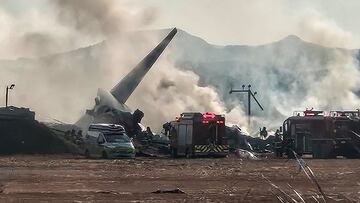
A catastrophic plane crash at South Korea’s Muan International Airport on Sunday left over 170 people dead, making it the deadliest airline disaster in the country in nearly three decades. The tragedy unfolded when Jeju Air flight 7C2216, carrying 181 passengers and crew from Bangkok, skidded off the runway, erupted into flames, and collided with a wall.
With the wreckage barely recognizable and questions piling up, investigators are racing to determine what caused this devastating accident.
Tragedy in South Korea as plane crashes on runway
Video footage captured the horrifying final moments of the flight. The Boeing 737-800 was seen skidding down the runway without its landing gear deployed before slamming into a wall, triggering a massive explosion. Flames and smoke engulfed the aircraft, leaving only the tail section remotely intact.
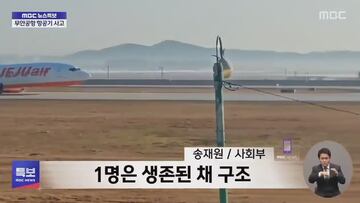
The scene at the crash site was grim. The air reeked of aviation fuel, and search crews, wearing protective gear, combed through the debris for remains. Soldiers were dispatched to nearby areas, looking for bodies that may have been ejected upon impact. Of the six crew members, only two are reported to have survived, suffering severe injuries. Rescue operations have now shifted to recovery.
Did a bird strike cause the crash?
Initial investigations point to a possible bird strike as a key factor in the crash. According to officials, the control tower had issued a bird strike warning moments before the plane’s pilots declared a mayday. Less than a minute later, the aircraft made its disastrous landing attempt.
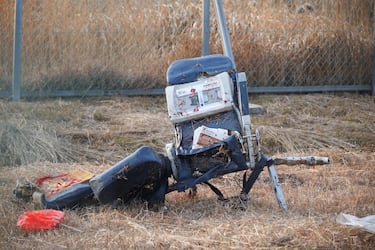
A passenger reportedly texted their family to say a bird was stuck in the wing, with the chilling final message: “Should I say my last words?” While it remains unclear whether the bird strike directly caused the landing gear failure, authorities are scrutinizing this lead alongside weather conditions.
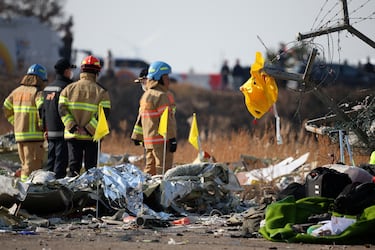
Officials make statements
Hours after the crash, Jeju Air CEO Kim E-bae offered a public apology, bowing deeply during a televised statement. While he emphasized the aircraft had no prior accidents and showed no early signs of malfunction, the airline pledged full cooperation with investigators and support for the bereaved families.
Boeing, the plane’s manufacturer, expressed condolences and offered technical assistance, while South Korea’s government mobilized resources to manage the disaster. All flights at Muan International Airport remain suspended.
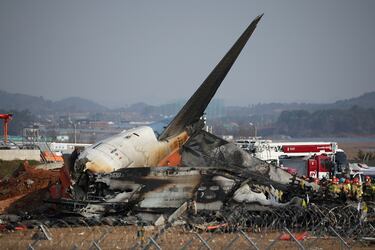
This crash is a stark reminder of the dangers that persist in aviation, even as technology advances. It marks the worst South Korean airline disaster since 1997, when a Korean Air flight crashed in Guam, claiming over 200 lives.
The investigation will continue in hopes of providing further clarity and, if possible, help prevent a similar tragedy.
Related stories
Get your game on! Whether you’re into NFL touchdowns, NBA buzzer-beaters, world-class soccer goals, or MLB home runs, our app has it all.
Dive into live coverage, expert insights, breaking news, exclusive videos, and more – plus, stay updated on the latest in current affairs and entertainment. Download now for all-access coverage, right at your fingertips – anytime, anywhere.
Complete your personal details to comment